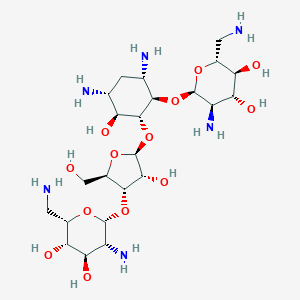Bacterial conjunctivitis, Blepharitis, Corneal abrasion, Stye
Adult: As 0.5% solution or ointment: For rapid relief in acute conditions: Instill 1-2 drops to affected eye(s) 1-2 hourly for the 1st 2-3 days. Reduce to 1-2 drops 3-4 times daily when there is improvement.
Child: Same as adult dose.
Child: Same as adult dose.
Otic/Aural
Otitis externa
Adult: As 0.5% solution: Instill 2-3 drops into the external auditory meatus tid. Max treatment duration: 2 weeks.
Child: Same as adult dose.
Child: Same as adult dose.
Topical/Cutaneous
Burns, Skin infections, Skin ulcer, Skin wound
Adult: As dressing containing framycetin 1%: Apply a single layer directly to the wound. Change the dressing at least daily if wound is exudative. For leg ulcers, cut the dressing accurately to size of ulcer to avoid contact with surrounding healthy skin and to reduce the risk of sensitisation.




 Sign Out
Sign Out




